Intruder alarms and hold up systems are security systems designed to protect property and people from unauthorised access, theft, and robbery. Additionally, intruder alarms are designed to detect unauthorised entry into a property or area. Both intruder alarms and hold up systems are important tools for protecting people and property from crime. They can provide peace of mind for business owners, and can help deter criminals from attempting to break in or commit robbery.
Intruder and Hold Up Alarm System Standards
BS EN 50131-1
BS EN 50131-1:2018+A3:2020 is one of the main three European standards. For this reason, these standards outline the performance requirements for intrusion and hold-up alarm systems (I&HAS) installed in buildings. In fact, the standard includes four security grades and four environmental classes. Utilising these grades, we can assist manufacturers, installers, purchasers, and procurers in ensuring that the alarm system is appropriate and meets risk assessment criteria. The purpose of the standard is to enhance the security of supervised premises through the use of I&HAS.
BS8243
BS 8243:2021 is a code of practice. In brief, this practice provides guidelines for the design, installation, and configuration of intruder and hold-up alarm systems. Using these, we can emulate the perfect alarm conditions.
PD6662
PD6662 is a UK industry standard that outlines guidelines for the installation, commissioning, and maintenance of intruder and hold-up alarm systems. In effect, the standard provides a framework for compliance with European standards. This ensures that alarm systems are installed and maintained in a consistent and reliable manner.
PD6662 covers a range of topics including alarm types, system design, installation, and maintenance requirements. Therefore, by adhering to the guidelines set out in PD6662, alarm installers and users can be confident that their system is fit for purpose and provides an effective security solution.
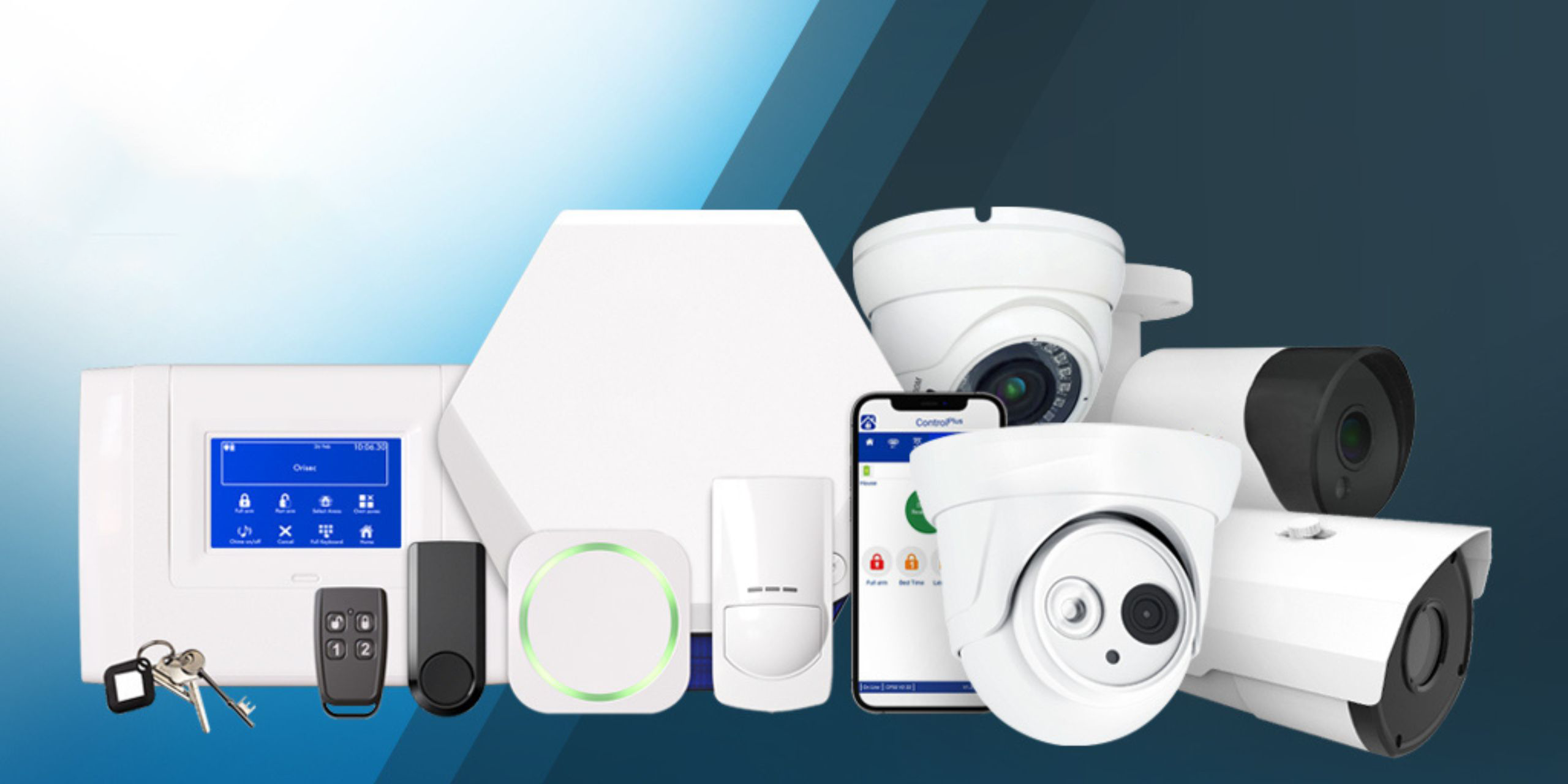
What Are The Intruder Alarm System Grades?
According to the EN standard, it’s not mandatory to use the same grade of components in all parts of an intruder alarm system.
ALSO: If the installation is a Grade 2, it is acceptable to use a Grade 3 power supply. However, if an installer fits a Grade 2 component, such as a detector, into a system, the system’s overall rating is limited to Grade 2 at best.
Low Risk – Grade 1
Grade 1 Intruder Alarms are recommended for properties with a low risk of theft. Typically, this is where the likelihood of intruders targeting the premises is minimal. In reality, the assumption is that any potential intruders are likely to be opportunistic rather than pre-planned. The application guide for Grade 1 Intruder Alarms is based on the assumption that intruders will attempt to gain entry through basic methods. For example, breaking open a door.
A Grade 1 Intruder Alarm is typically only suitable for residential properties without an insurance requirement for an alarm system.
Low/Medium Risk (Popular) – Grade 2
Grade 2 Intruder Alarms are suitable for properties at a slightly higher risk of theft. In general, these are areas where there may be items of interest to experienced thieves. In such cases, intruders are expected to have some knowledge of alarm systems. Thus, these intruders may carry tools to bypass a simple alarm. They are also likely to survey the building for easy access points such as doors, windows, and other openings.
Grade 2 Intruder Alarms are suitable for most residential properties and low to medium risk commercial establishments.
Medium/High Risk – Grade 3
Grade 3 Intruder Alarms are recommended for properties at significant risk of theft. Often, these are buildings where valuable items may be present. Therefore, it is likely that intruders will attempt to gain entry by forcing doors, windows, or other access points. Also, these people are highly experienced in dealing with alarm systems and equipped with specialised tools and equipment to bypass the system.
Grade 3 Intruder Alarms are recommended for high-risk residential and most commercial properties, including busy retail shops.
High Risk – Grade 4
Grade 4 intruder alarms are designed for properties at very high risk of break-ins. Areas where burglars are expected to have the skills and tools to modify parts of the alarm system to avoid detection. Unlike Class 3, the intruders are likely to gain entry by penetrating walls, ceilings, or floors, and are unlikely to act alone.
Grade 4 Intruder Alarms are recommended for extremely high-risk residential and higher-risk commercial properties, such as banks or bullion stores.
What Does An Intruder & Hold Up Alarm Consist Of?
An intruder alarm system, also known as a burglar alarm, consists of:
- Control Panel (CIE).
- Keypad (ACE).
- Expander (RIO, ZEM, LIM, ZEX).
- Sounder (WD).
- Detector (options include PIR, Dual Tech, Glass Break, Active Beam, Panic Button).
- Hold Up Device (HD).
- Proximity Fob (Digital Key).
- Signalling Device (if monitored).
- Ancillaries (gas detector, smoke detector, flood detector and smoke cloak).
Please ensure you stick with the same brand throughout your system as some components will NOT be compatible. OHEAP recommends Orisec.
Orisec Keypad
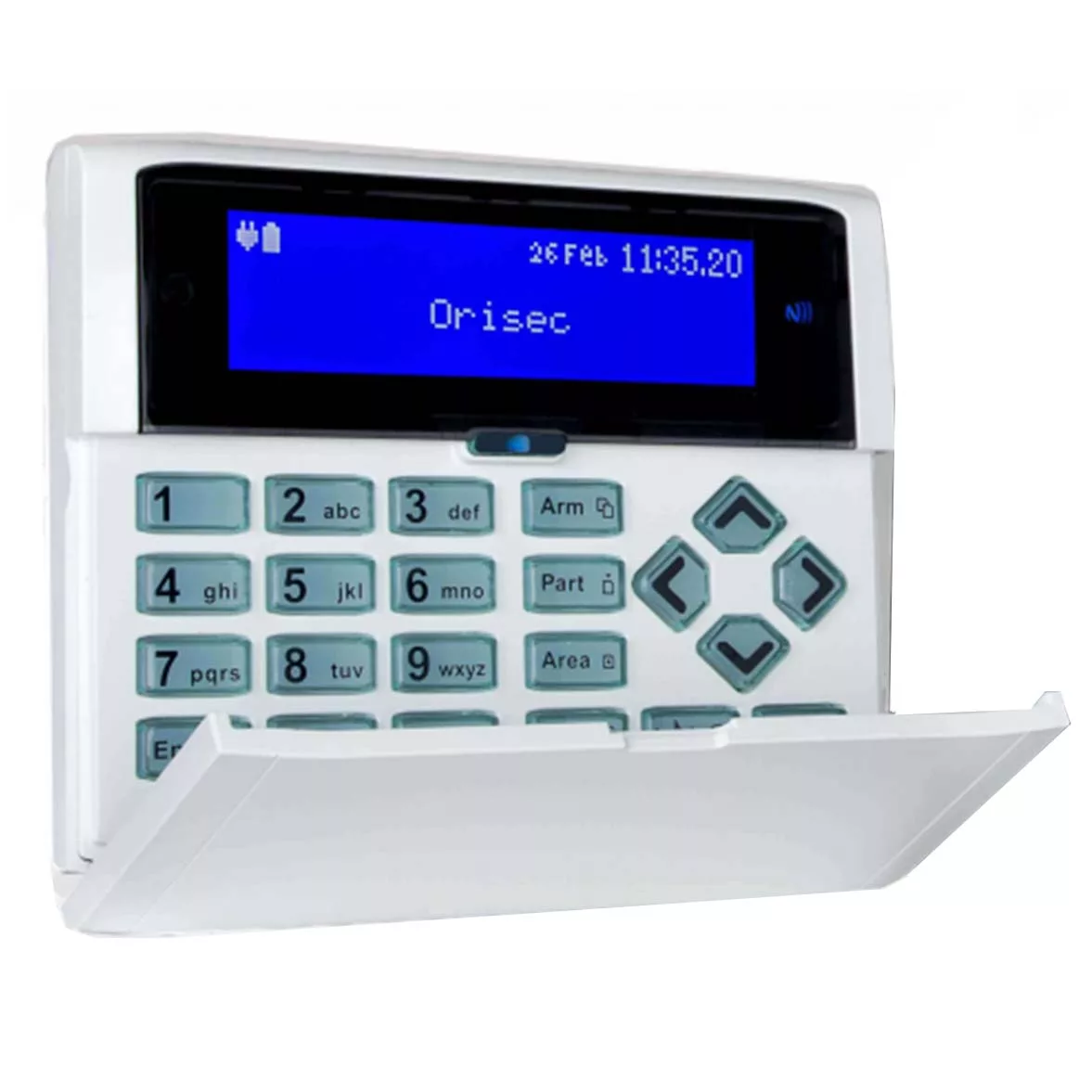
Dual Tech PIR
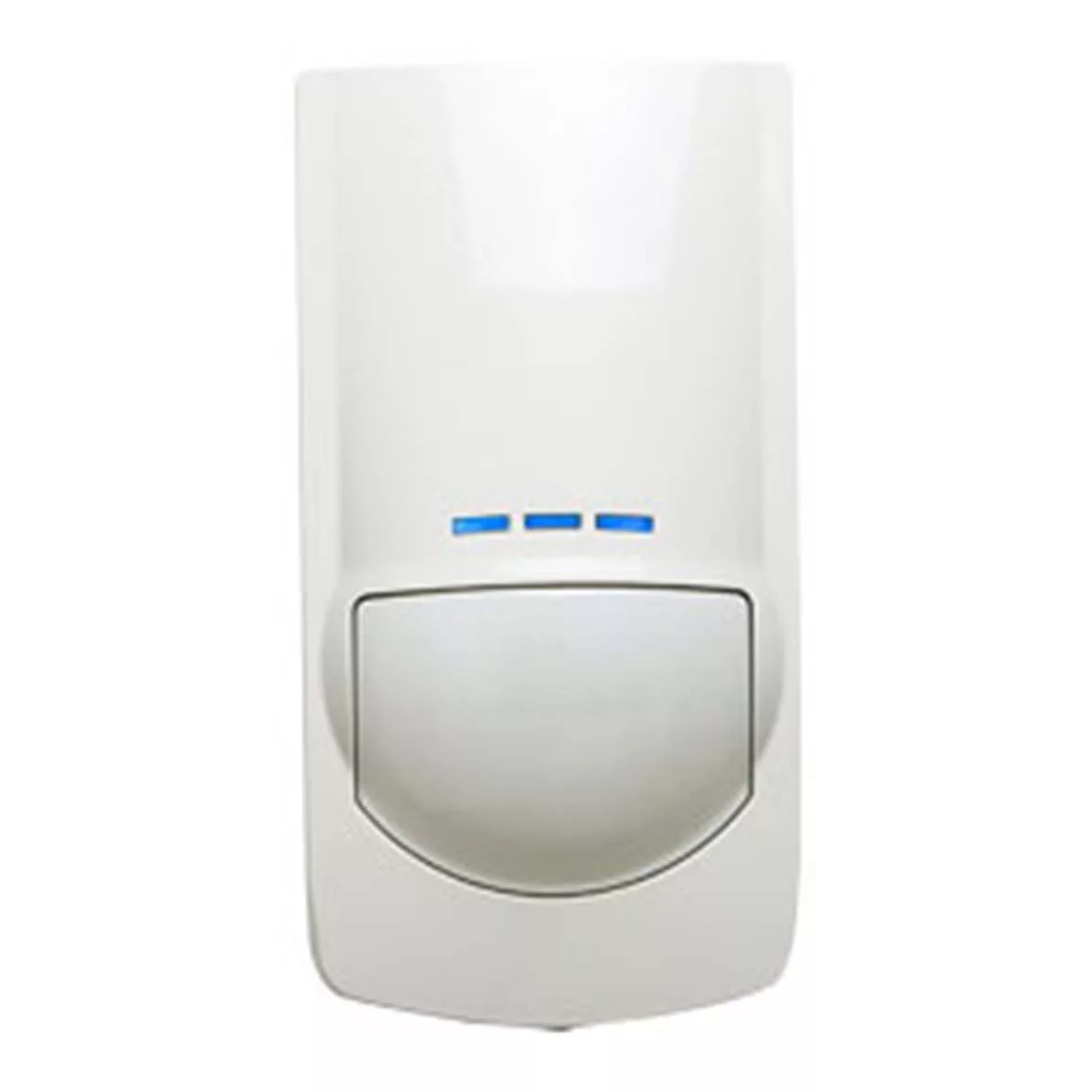
Internal Sounder

Keyfobs
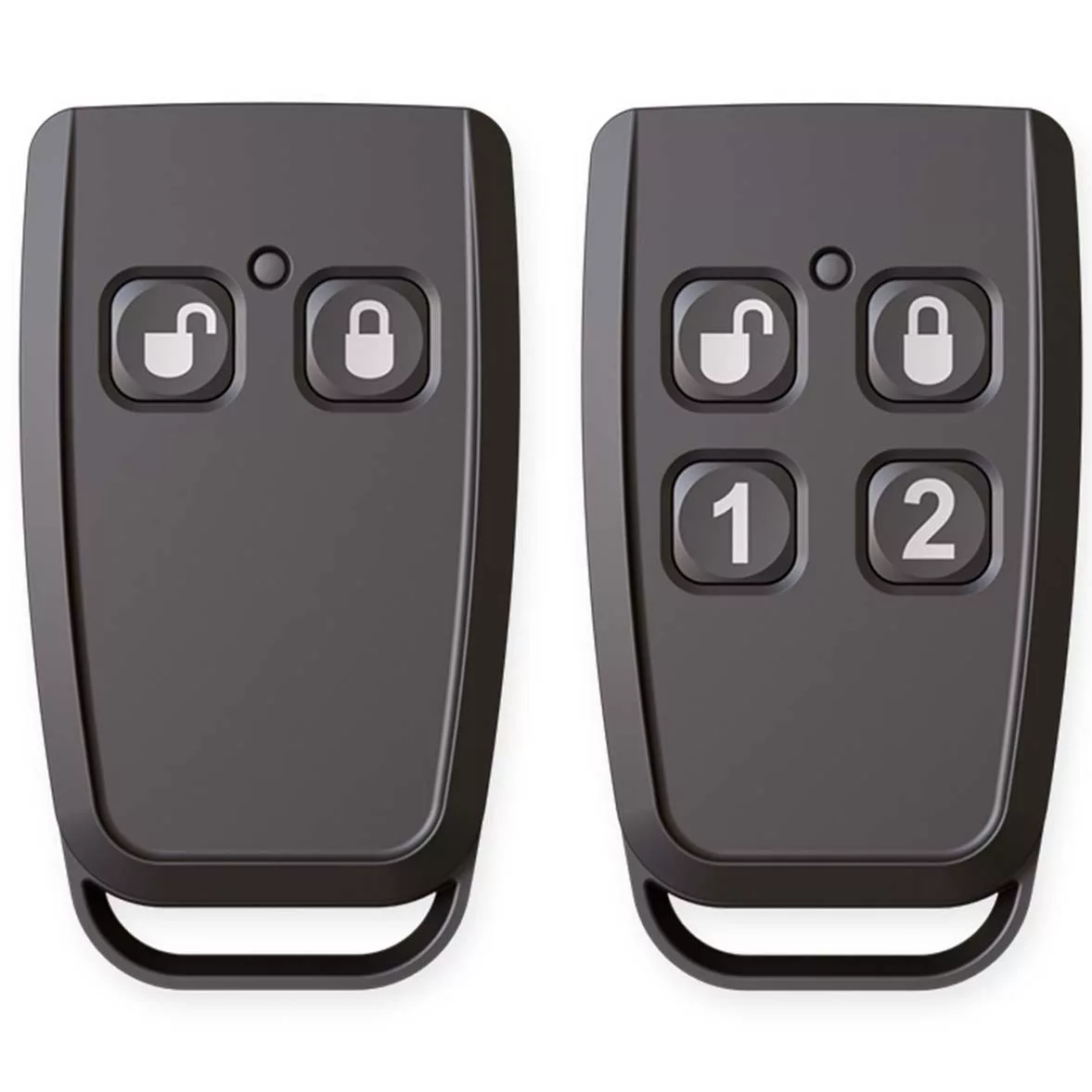
Expander
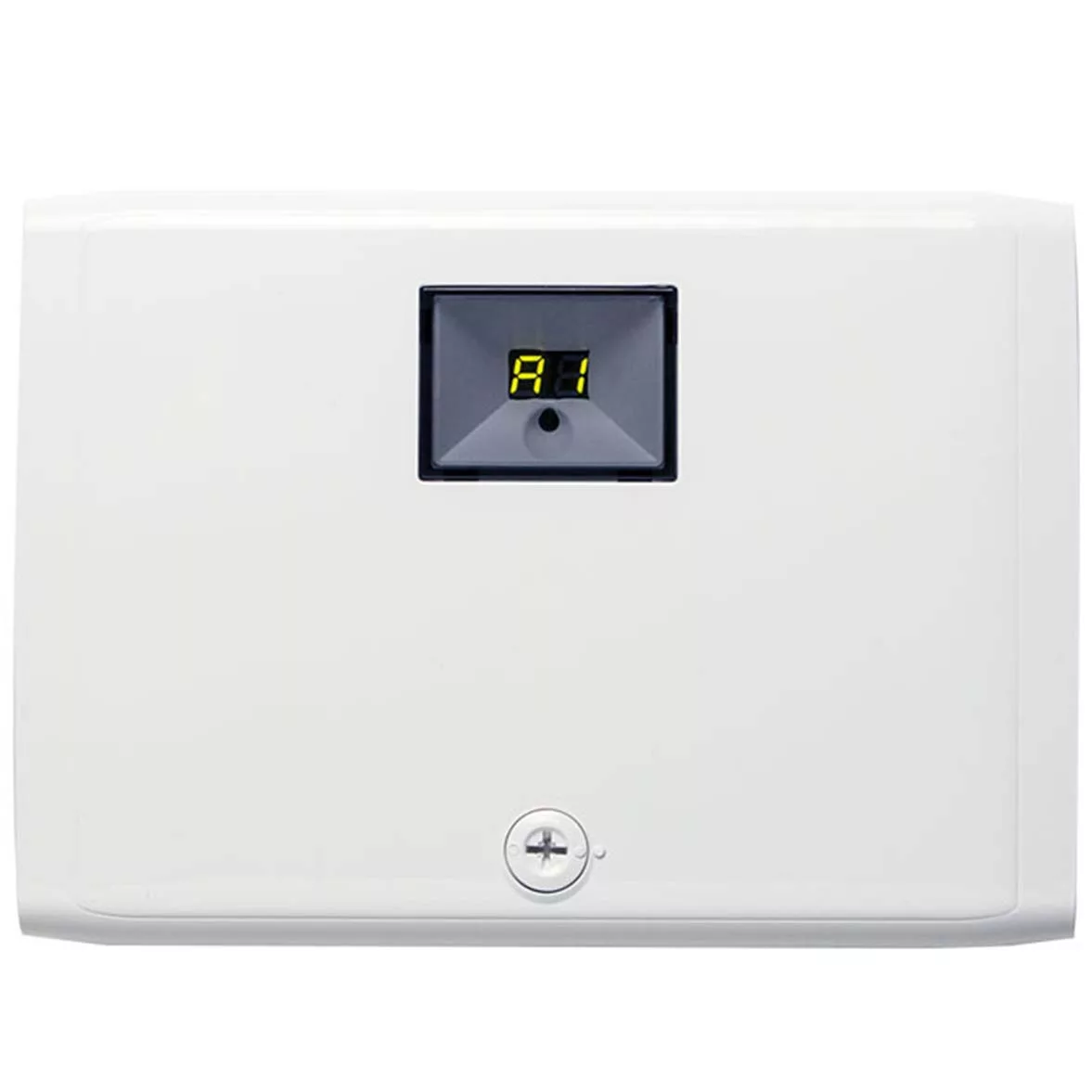
What Are The Intruder Alarm System Classifications?
Indoor – Class 1
Indoor environmental factors are typically consistent. The temperature is well-regulated within a residential or commercial property and the temperature can range from +5°C to +40°C.
Outdoor Sheltered OR Indoor Extreme Conditions – Class 3
Class 3 systems are those exposed to extreme indoor conditions or in sheltered outdoor areas. Typically, components are partially exposed to the elements or the components are indoors, however, the temperature is ranging from -25°C to +50°C.
Indoor – Class 2 (Popular)
Typically, exposed to indoor environmental factors and is an area affected by temperature fluctuations. Often this will occur in spaces such as corridors, halls, staircases, and areas with windows that experience condensation. Also, we experience these in unheated storage areas or intermittent warehouses. The temperatures can range from -10°C to +40°C.
Outdoor, External and Fully Exposed – Class 4
If the intruder alarm components are completely exposed to the weather, you will need Class 4. Typically, you won’t need this system unless your components are subjected to environmental temperature fluctuations that range from -25°C to +60°C.